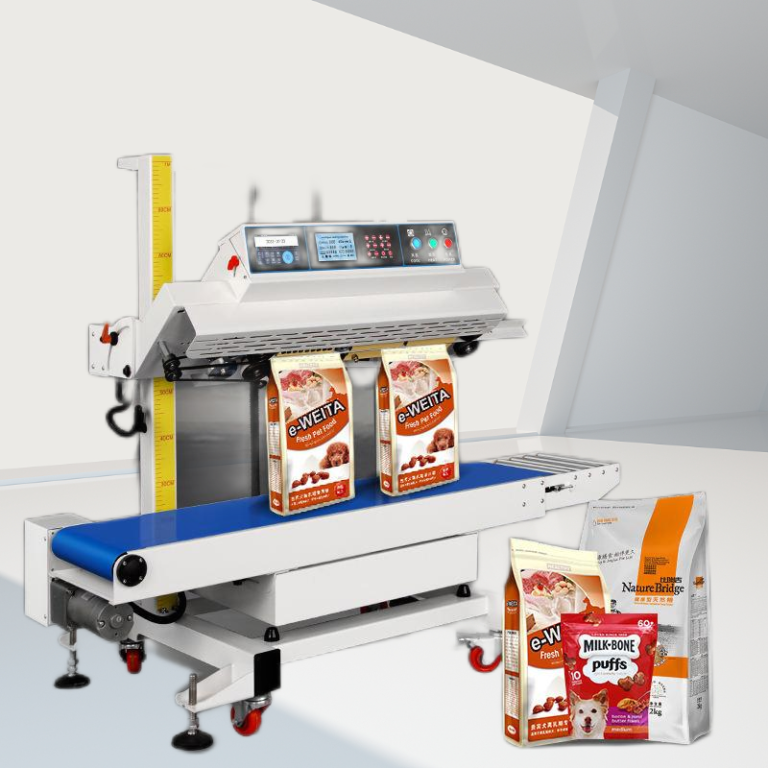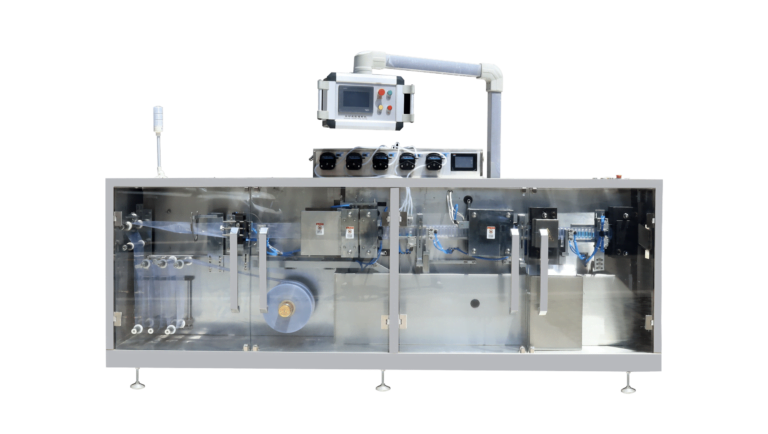Lorsque vous envisagez de travailler avec un intégrateur de ligne de conditionnement, une communication claire est essentielle pour parvenir à une configuration réussie et efficace. L'intégration d'une ligne de conditionnement implique des machines, des processus et une expertise complexes, ce qui rend essentiel d'établir des discussions claires sur vos besoins et vos objectifs. Cet article fournit des informations sur les sujets les plus importants que vous devriez discuter avec votre intégrateur de ligne de conditionnement pour garantir le bon déroulement de votre projet. Que vous soyez intéressé par l'automatisation, les considérations de coût ou la rationalisation des opérations, ce guide vous aidera à prendre des décisions éclairées.
Qu’est-ce que l’intégration de la ligne d’emballage et pourquoi est-elle importante ?
L'intégration de la ligne de conditionnement fait référence au processus de coordination et de connexion de diverses machines de conditionnement en un seul système rationalisé qui fonctionne efficacement. Cela comprend tout, des machines de conditionnement automatiques, des convoyeurs et du tri des produits à la manutention des matériaux et à l'emballage final. L'objectif est de créer un flux de travail efficace qui réduit les coûts de main-d'œuvre, minimise les erreurs et améliore la vitesse de production.
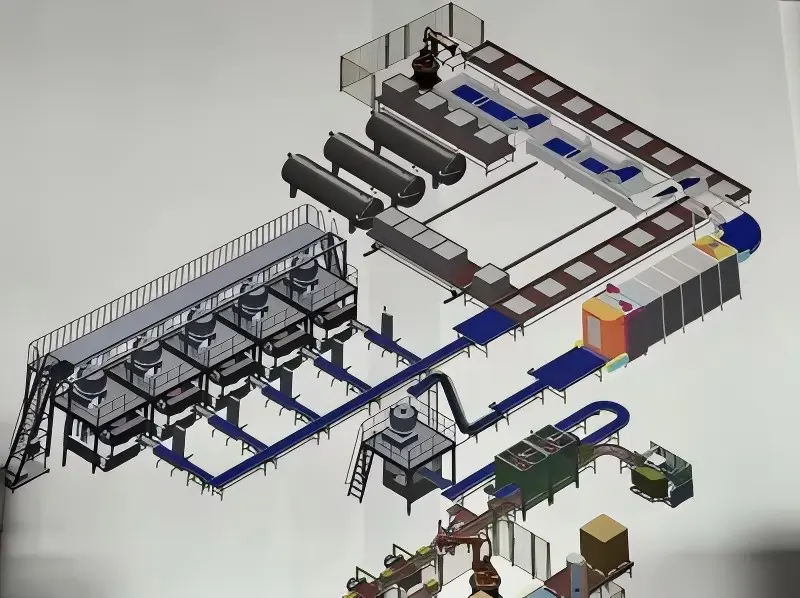
Travailler avec un intégrateur de ligne de conditionnement professionnel garantit que tous les composants de votre ligne de production sont compatibles, fonctionnent ensemble de manière transparente et répondent à vos besoins spécifiques. Une intégration appropriée minimise les temps d'arrêt, augmente la production et améliore la qualité du produit, ce qui en fait un élément crucial de toute configuration de ligne de production automatisée.
Comment une ligne d’emballage automatique profite-t-elle à votre entreprise ?
Un ligne d'emballage automatique L'automatisation des processus d'emballage présente de nombreux avantages, tels que la réduction du travail manuel, l'augmentation de la vitesse de production et la garantie d'une plus grande précision. En automatisant le processus d'emballage, les entreprises peuvent éliminer le risque d'erreur humaine, améliorer la cohérence et réduire les coûts de main-d'œuvre. L'intégration de systèmes automatiques peut également améliorer considérablement la qualité des produits, car chaque article est emballé avec précision, ce qui réduit les risques de défauts.
Les lignes de conditionnement automatiques permettent également d'adapter plus rapidement la production pour répondre aux fluctuations de la demande. À mesure qu'une entreprise se développe, il peut être plus difficile de maintenir des processus de conditionnement manuels rapides et de haute qualité. Investir dans une ligne de conditionnement automatique permet d'atténuer ces défis, en garantissant que vos opérations de conditionnement peuvent répondre aux besoins croissants de production.
Quels facteurs influencent le coût d’une ligne d’emballage automatique ?
Le coût d'une ligne de conditionnement automatique peut varier considérablement en fonction de plusieurs facteurs, notamment le type de machines nécessaires, la complexité de l'intégration et l'échelle de vos opérations. Voici quelques éléments clés à prendre en compte :
- Type de machine:Les différentes machines ont des fonctions différentes, comme le remplissage, le scellage, l'étiquetage et l'emballage en caisses. Le prix de chacune de ces machines peut varier en fonction de leurs fonctionnalités, de leurs capacités de performance et de leur niveau d'automatisation.
- Personnalisation:Plus le système est spécialisé, plus le coût est élevé. Les fonctionnalités personnalisées ou les intégrations adaptées à votre produit spécifique peuvent augmenter les dépenses.
- Volume de production:Plus le volume de production est important, plus l'investissement est conséquent. Les lignes à haut volume nécessitent généralement des machines plus robustes et plus coûteuses.
| Fonctionnalité | LTC-100L | LTC-120L | LTC150L |
|---|---|---|---|
| Vitesse | 100 unités/heure | 120 unités/heure | 150 unités/heure |
| Niveau d'automatisation | Entièrement automatisé | Semi-automatisé | Entièrement automatisé |
| Coût | $200,000 | $150,000 | $250,000 |
| Exigences d'entretien | Faible | Moyen | Haut |
| Évolutivité | Haut | Moyen | Haut |
En comprenant ces facteurs, les entreprises peuvent mieux planifier les coûts d’intégration de leur ligne d’emballage et prendre des décisions financières éclairées.
Comment choisir le bon intégrateur de ligne de conditionnement ?
Le choix du bon intégrateur de ligne de conditionnement est essentiel pour garantir le succès de votre projet. L'intégrateur que vous sélectionnez doit avoir de l'expérience dans la conception et l'installation de systèmes d'emballage automatisés pour votre secteur. Recherchez les qualités suivantes chez un intégrateur :
- Expérience:Un intégrateur possédant une expertise éprouvée dans votre secteur d’activité sera mieux outillé pour répondre à vos besoins et fournir des solutions fiables.
- Réputation:Consultez les témoignages des clients et les projets passés pour évaluer la fiabilité et la qualité du service de l’intégrateur.
- Services de soutien:Après l'installation, vous aurez besoin d'une maintenance et d'une assistance continues. Assurez-vous que votre intégrateur propose un support après-vente fiable pour résoudre rapidement les problèmes potentiels.
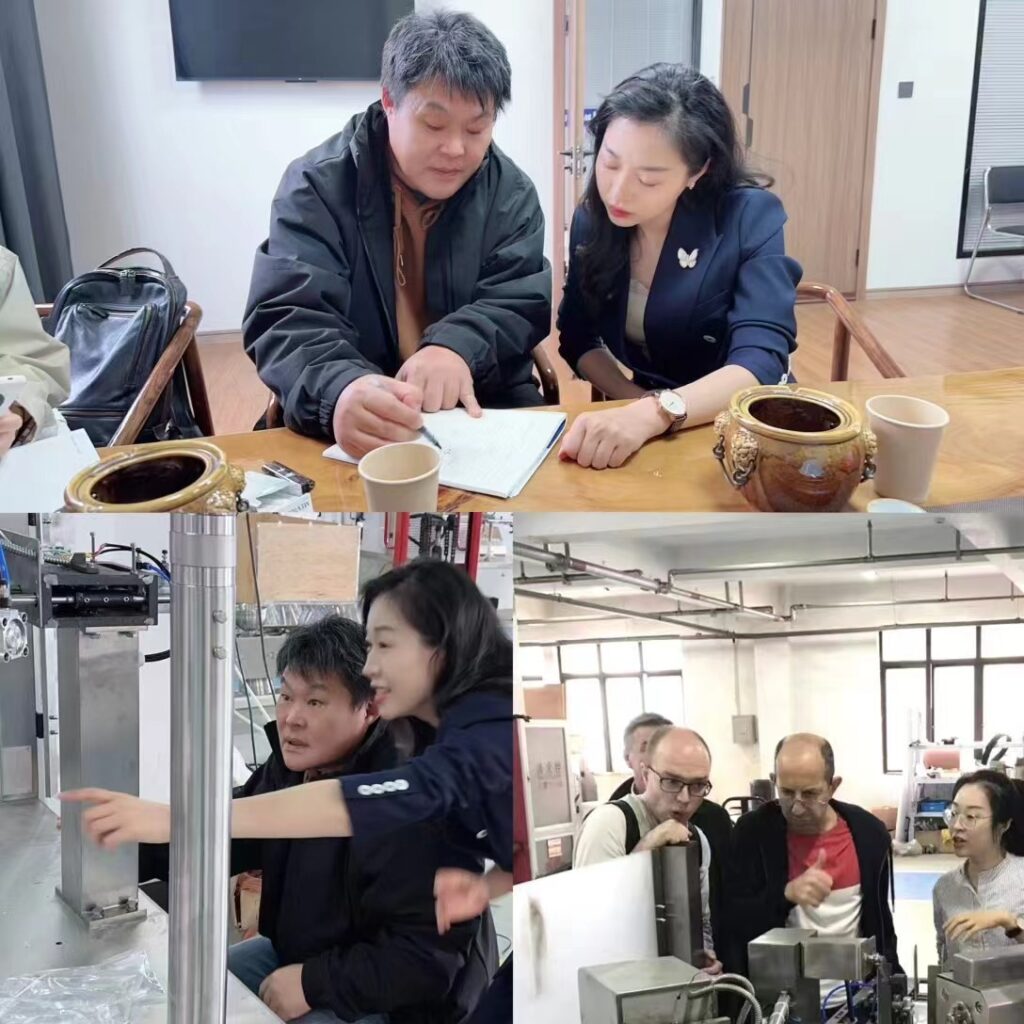
Avec le bon intégrateur, votre ligne de conditionnement peut fonctionner sans problème, réduisant ainsi les temps d’arrêt et garantissant une efficacité opérationnelle à long terme.
Quelles sont les principales caractéristiques d’une ligne d’emballage automatique ?
Les lignes de conditionnement automatiques sont équipées de diverses fonctionnalités pour optimiser la production. Certaines des fonctionnalités les plus importantes comprennent :
- Fonctionnement à grande vitesse:Ces lignes peuvent fonctionner à des vitesses beaucoup plus élevées par rapport aux processus manuels, ce qui augmente le débit et réduit les goulots d'étranglement.
- Remplissage et scellage automatisés:Cette fonction garantit que les produits sont remplis et scellés avec précision avec une intervention manuelle minimale, réduisant ainsi les coûts de main-d'œuvre.
- Suivi des produits:Les systèmes avancés sont capables de suivre chaque produit tout au long du processus d'emballage, offrant ainsi une meilleure visibilité et un meilleur contrôle.Également équipé de étiqueteuse automatique
Ces caractéristiques contribuent collectivement à l'efficacité et à la productivité de la ligne, faisant des lignes d'emballage automatiques un investissement important pour toute entreprise souhaitant améliorer ses capacités de production.
Comment l’intégration de la ligne d’emballage impacte-t-elle l’efficacité et la productivité ?
Une intégration adéquate de la ligne de conditionnement améliore considérablement l'efficacité et la productivité globales. En automatisant les tâches répétitives, telles que le remplissage, l'étiquetage et le tri, le système peut fonctionner sans surveillance constante, ce qui augmente le rendement. De plus, en réduisant l'intervention humaine, la probabilité d'erreurs est minimisée, ce qui se traduit par moins de produits défectueux et moins de déchets.
Le processus rationalisé permet à l'ensemble de la chaîne de production de fonctionner comme une seule unité cohérente, ce qui facilite et accélère les ajustements. La possibilité de surveiller chaque partie de la chaîne de conditionnement en temps réel permet d'identifier les goulots d'étranglement, améliorant ainsi encore l'efficacité.
À quels défis devez-vous vous attendre lors de l’intégration de lignes de conditionnement ?
Bien que l’intégration des lignes de conditionnement offre de nombreux avantages, les entreprises peuvent être confrontées à plusieurs défis au cours du processus :
- Problèmes de compatibilité:L’intégration de nouveaux équipements dans une ligne de production existante peut parfois entraîner des problèmes de compatibilité, nécessitant du temps supplémentaire ou des modifications.
- Entraînement:Votre équipe devra être formée sur les nouveaux systèmes automatisés, ce qui pourrait ralentir temporairement la production.
- Dépassements de coûts:Si la portée du projet change ou si des problèmes techniques imprévus surviennent, le coût de l’intégration pourrait dépasser les estimations initiales.Téléchargez maintenant le calculateur de retour sur investissement des machines d'emballage !
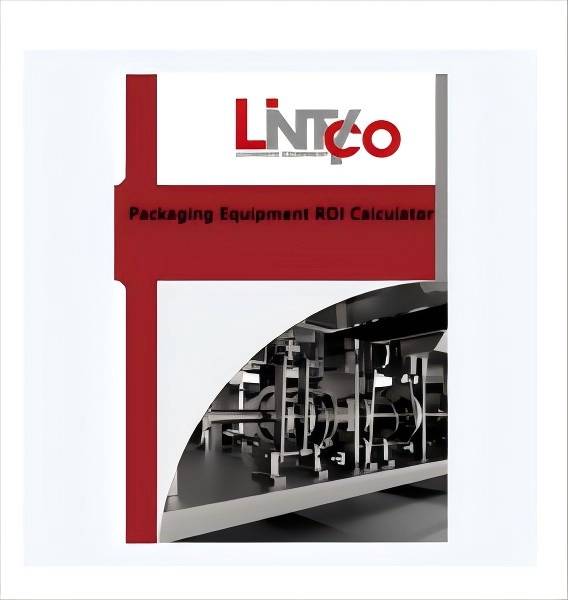
Comprendre ces défis et être prêt à les relever peut contribuer à garantir un processus d’intégration plus fluide et à minimiser les perturbations.
Comment un intégrateur peut-il aider à la maintenance d’une ligne d’emballage ?
L'entretien est essentiel pour assurer le bon fonctionnement de votre ligne de conditionnement automatique. Un intégrateur de ligne de conditionnement peut vous aider en proposant des services de maintenance préventive, de dépannage et de réparation. Il peut vous aider à établir un calendrier de maintenance pour garantir que tous les équipements sont régulièrement inspectés et nettoyés, réduisant ainsi le risque de pannes inattendues.
De plus, les intégrateurs peuvent former votre équipe sur les procédures d’entretien appropriées de l’équipement et de maintenance de routine, les aidant ainsi à identifier les premiers signes d’usure avant que des problèmes majeurs ne surviennent.
Quelles technologies faut-il intégrer à votre ligne de conditionnement ?
L'intégration de technologies avancées peut améliorer considérablement les performances et l'efficacité de votre ligne de conditionnement. Les technologies clés comprennent :
- IoT (Internet des objets):Les capteurs IoT vous permettent de surveiller et de contrôler votre ligne de conditionnement à distance, offrant une plus grande flexibilité et un suivi des données en temps réel.
- Systèmes de vision:Ces systèmes peuvent inspecter les produits pour détecter les défauts ou les incohérences, garantissant que seuls les produits de la plus haute qualité franchissent la ligne.
- Robotique:Les robots peuvent effectuer des tâches répétitives telles que le tri, l’emballage et la palettisation, réduisant ainsi le besoin de travail manuel.
Intégrer ces technologies à partir de Pack Lintyco L'intégration dans votre ligne d'emballage améliore non seulement les performances, mais contribue également à pérenniser vos capacités de production.
Comment garantir l’évolutivité future avec l’intégration de votre ligne de conditionnement ?
À mesure que votre entreprise se développe, votre ligne de conditionnement doit pouvoir évoluer pour répondre à une demande accrue. Pour garantir une évolutivité future, tenez compte des éléments suivants :
- Systèmes modulaires:Les systèmes modulaires vous permettent d'ajouter de nouveaux composants à votre gamme sans révisions majeures.
- Machines flexibles:Choisissez des machines capables de gérer différents produits ou formats d’emballage, ce qui vous permettra de vous adapter aux changements futurs de votre gamme de produits.
- Intégrations à l'épreuve du temps:Travaillez avec un intégrateur qui connaît les dernières tendances et technologies, garantissant que votre ligne d’emballage puisse évoluer avec les avancées de l’industrie.
En planifiant l’évolutivité, vous pouvez éviter les mises à niveau coûteuses et les modifications du système à mesure que votre entreprise se développe.
Pour plus d'informations sur l'intégration des lignes de conditionnement et pour explorer des ressources supplémentaires, consultez ces articles :
Comment choisir la meilleure machine de ligne de conditionnement
Principales tendances en matière d'automatisation de l'emballage


